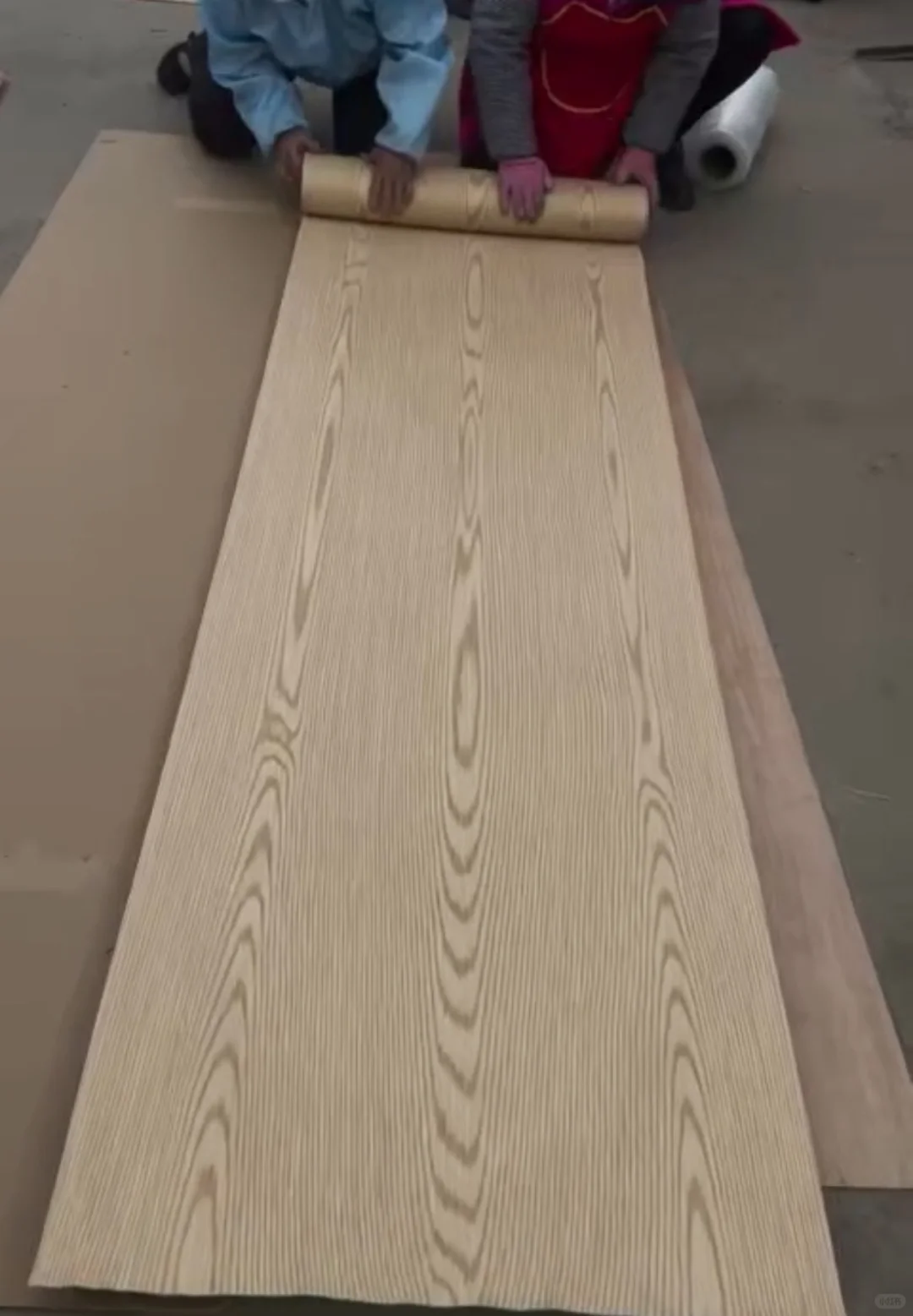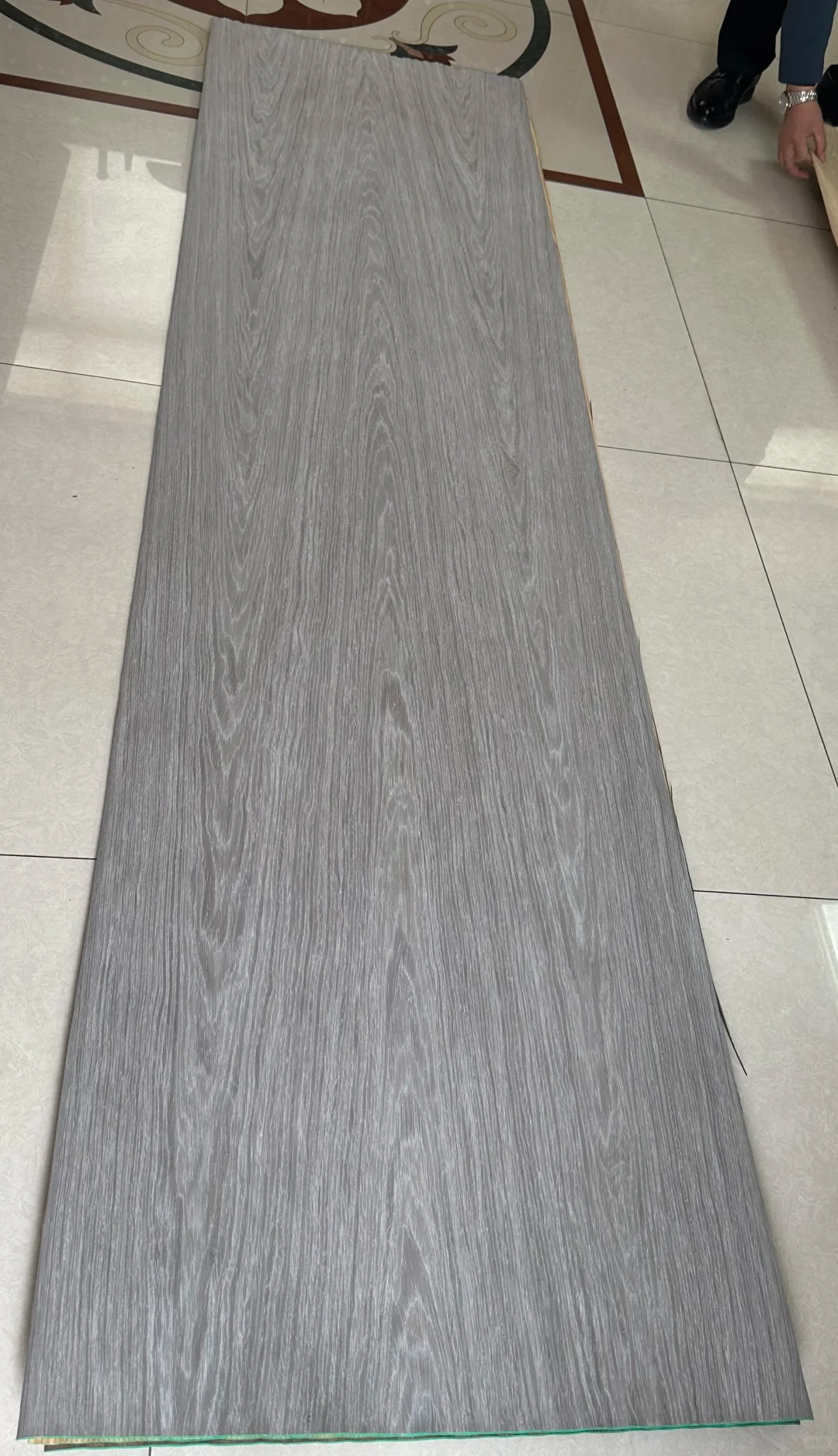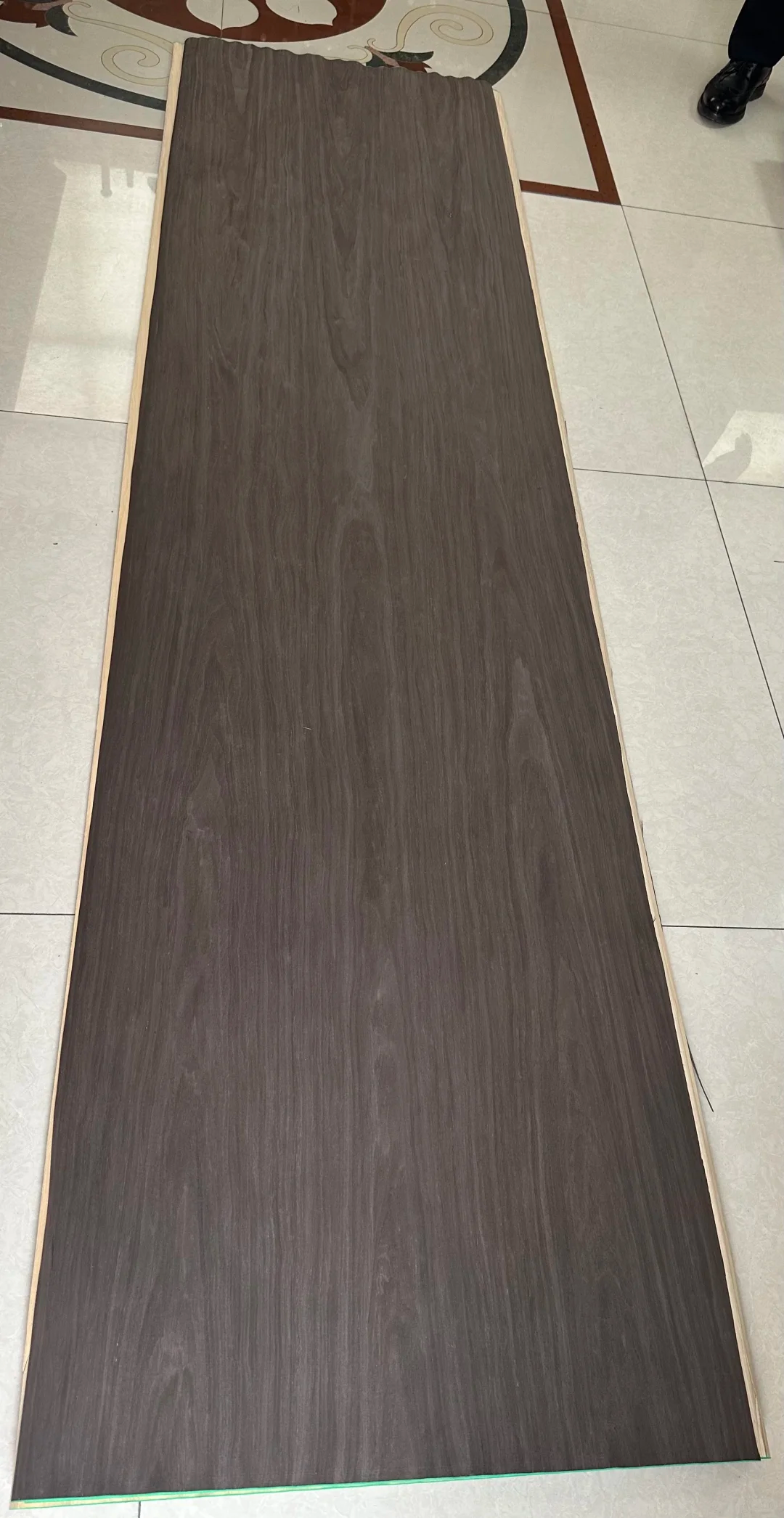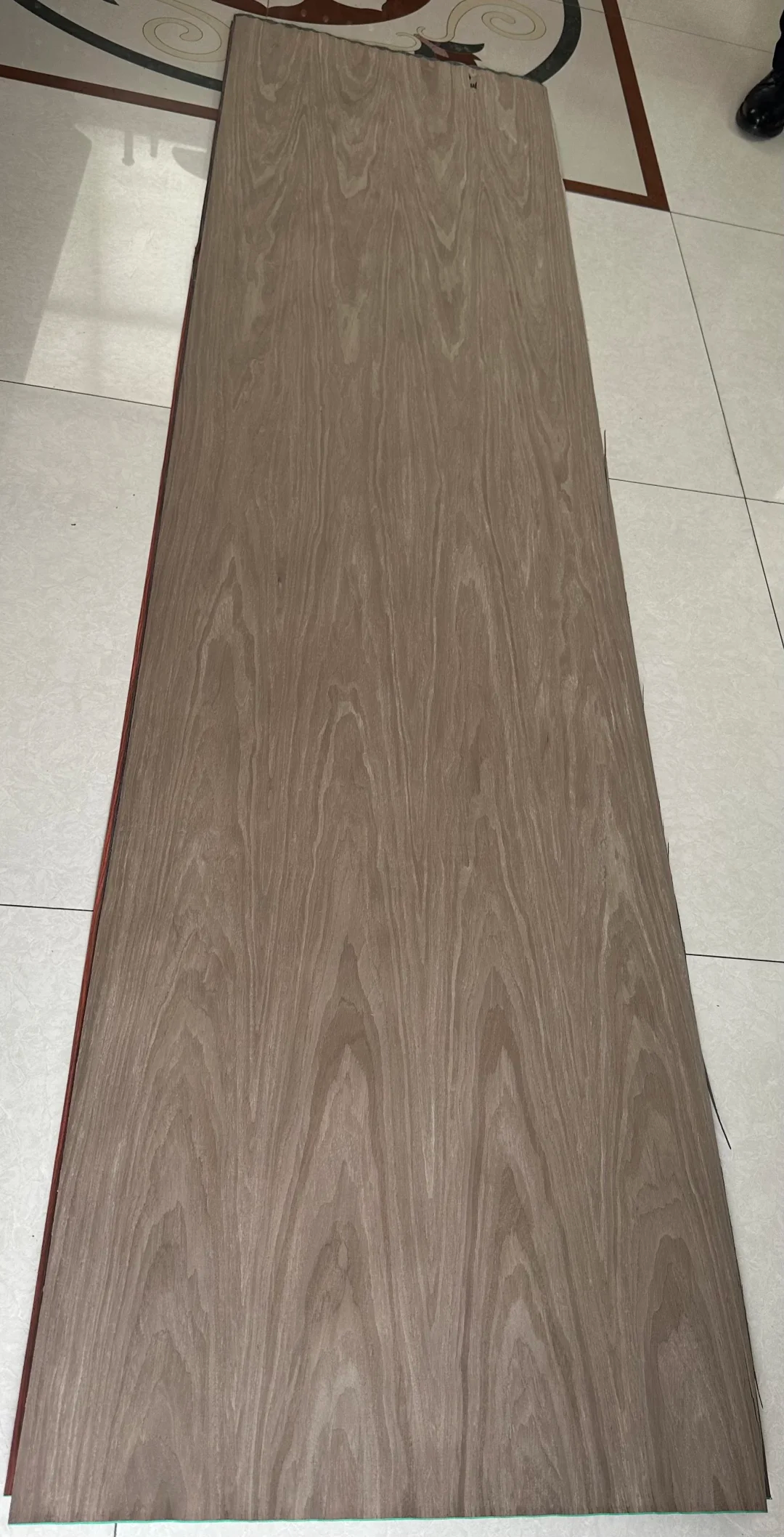
Engineered Veneer



 This is an excellent question, and it perfectly captures the current state of the veneer industry.
This is an excellent question, and it perfectly captures the current state of the veneer industry.
Let me analyze why engineered veneer (Recon Veneer, Engineered Veneer) and natural veneer exhibit a complex relationship of mutual complementation, competition, confrontation, and cooperation from four perspectives: market demand, technical attributes, design applications, and the industry ecosystem:
⸻
🌱 1. Mutual Complementarity: Meeting Different Needs
• Natural veneer: Each piece is unique, with naturally varying grain patterns. It's suitable for high-end furniture, luxury homes, yachts, and hotel decorations that demand personalized effects reminiscent of natural wood.
• Engineered veneer: Features high color consistency, lower costs, and the ability to customize grain and color according to design requirements. This is crucial for large-scale decoration projects requiring a uniform color palette or for mass-produced furniture.
✅ Therefore, both veneers meet the dual market demands for uniqueness and stability.
⸻
⚔ 2. Competition and Rivalry: Fighting for Limited Market Share
• Designers and manufacturers often choose between budget and aesthetics:
• Clients with limited budgets tend to choose engineered veneer for its stable price and controllable color.
• Clients with high demands choose natural veneer for its irreplaceable natural feel.
• Some design trends favor one side over the other. For example, during the "knotless, fine-grained" era, engineered veneer was more popular; whereas during the "rough, natural-grained" era, natural veneer gained an advantage.
👉 This creates a de facto market for alternative competition.
⸻
🤝 3. Collaboration: Complementarity between Design and Supply Chain
• Many projects and products utilize both:
• Natural veneer for visible areas (such as tabletops and door panels) to create a sense of luxury;
• Engineered veneer for hidden or large areas to reduce costs while maintaining consistency. • Technological veneer manufacturers often reference and imitate the patterns and colors of natural veneer; at the same time, natural veneer manufacturers also learn about the dyeing techniques and stability management of technological veneer.
⸻
🔄 4. Industry Ecosystem: Resource Restructuring and Innovation-Driven
• Natural veneer faces raw material scarcity, rising costs, and environmental pressures; technological veneer, based on fast-growing wood (such as poplar and eucalyptus), alleviates the pressure on natural wood resources.
• The coexistence of the two drives technological innovation in the industry:
• Natural veneer places greater emphasis on cutting and dyeing techniques, increasing added value;
• Technological veneer continuously develops new textures and materials, mimicking or even surpassing the visual effects of natural veneer.
• Together, they create a richer decorative materials market and help the veneer industry develop in a more high-end and sustainable direction.
⸻
✅ In summary:
Technological veneer and natural veneer are two forces that simultaneously meet the needs of "efficiency" and "aesthetics."
They complement each other while competing, fostering cooperation amidst competition and ultimately driving progress in the veneer industry.
Pre
Quick View
You can check what you need
Copyright © 2023 E&R Wood Co,.Ltd All Rights Reserved. Powered By: www.300.cn SEO


 Factory: Zhouwei Village,Yanggongzhou,Shatian Town,Dongguan City,China
Factory: Zhouwei Village,Yanggongzhou,Shatian Town,Dongguan City,China 